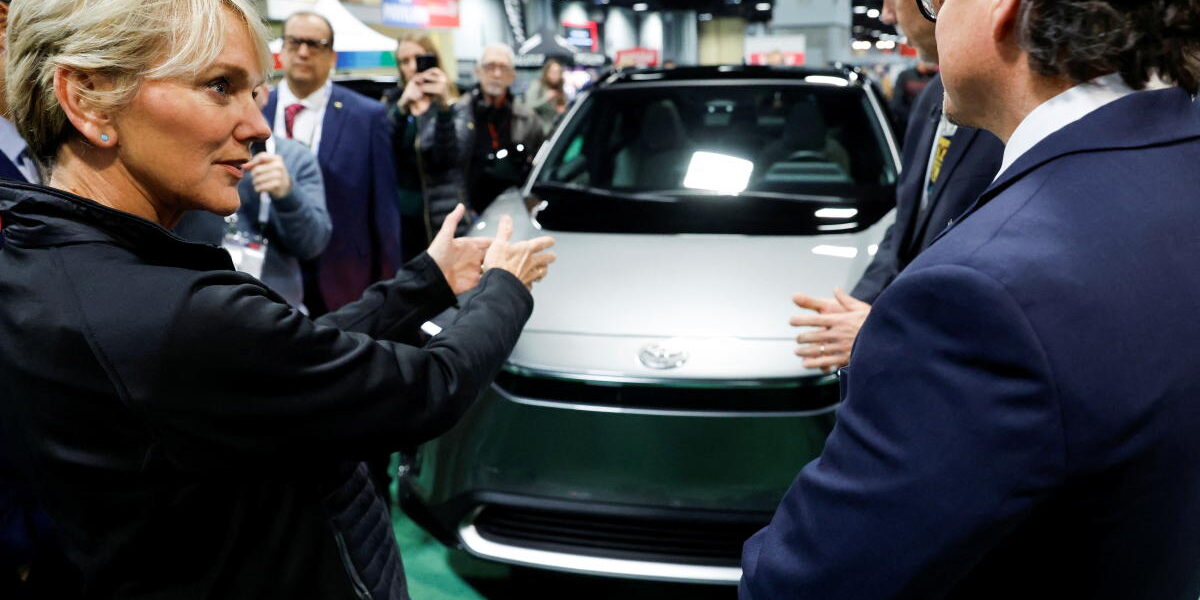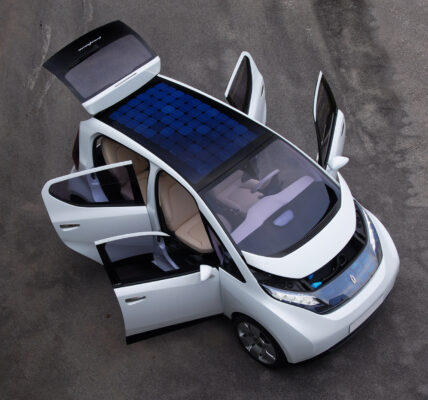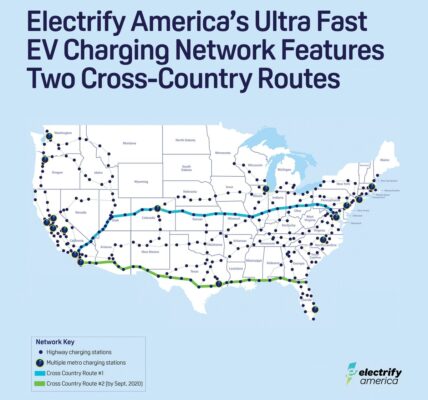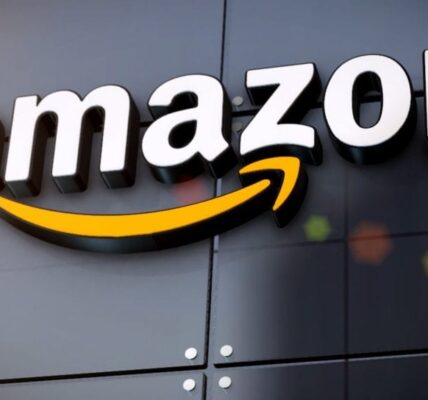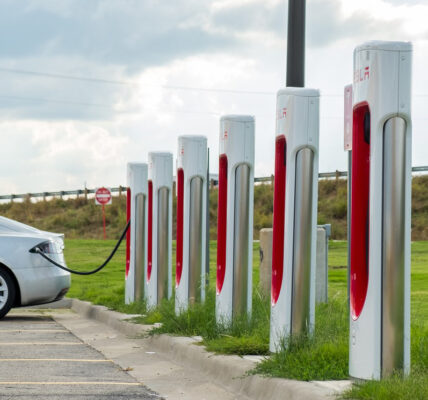The US remains on track to meet ambitious targets for electric vehicle adoption despite signs of waning demand, according to Energy Secretary Jennifer Granholm.
Speaking at an electric vehicle battery plant in Moses Lake, Wash., on Thursday, Granholm projected the “same kind of uptake” in EVs in 2024 as the previous year, when green vehicles expanded their share in the US auto market to 7.6%, according to data from Kelley Blue Book.
The Biden administration set a target of having half of all new vehicle sales be electric by 2030.
“EVs are really growing very fast,” Granholm told Yahoo Finance in an interview. “There’s a lot of new models that are coming on from our domestic manufacturers that are much lower price as well.”
A record 1.2 million electric vehicles were sold in 2023. And while EV sales volumes and their overall share of the auto market set a record in the fourth quarter, the rate of growth has started to slow, prompting warnings from leading executives in the automotive industry.
Tesla stock (TSLA) plunged last month after CEO Elon Musk warned about “notably slower” growth in 2024, while Ford (F) CEO Jim Farley attributed its new focus on smaller EVs to a “seismic shift in the past six months.”
“We’re starting to see the early adopters who grabbed a very expensive Rivian, or Lucid for that matter, … already bought a lot of those vehicles,” RBC Capital Markets lead equity analyst Tom Narayan said. “Now the mainstream consumers are coming in to buy EVs. They’re kind of more price sensitive.”
The higher cost of vehicles and the lack of reliable chargers remain key hurdles to widespread adoption.
In recent months, Granholm has crisscrossed the country to tout the Biden administration’s investments in clean energy infrastructure and highlight that EV sales have more than quadrupled since President Joe Biden took office.
On Thursday, she toured the factory of silicon battery technology manufacturer Group14 in eastern Washington. Group14 is one of the firms that received government funding through the Infrastructure Investment and Jobs Act.
“We have not been in this battle before as a country, meaning we haven’t had the federal government partner with the private sector before in the way that it is doing now to level the playing field and make America really the irresistible nation to invest in for this clean energy revolution,” she said.
The infrastructure law set aside $7.5 billion to install 500,000 charging stations across the country. Despite criticism of the program’s slow rollout, Granholm said all the funding had been distributed to states, with construction set to ramp up this year.
S&P Global Mobility estimated that the number of current chargers would need to grow by more than eightfold by 2030 to meet the forecast sales demand.
The White House has also pointed to EV tax credits included in the Inflation Reduction Act (IRA) as additional catalysts for adoption. A $7,500 tax credit was set aside for the purchase of new electric vehicles, and buyers can receive a credit of up to $4,000 for used EVs or plug-in hybrids.
But critics argue the incentives are not enough to reach the administration’s goals by the end of the decade.
In a letter addressed to the White House last fall, more than 3,000 auto dealers called on the administration to “tap the breaks” on its EV target, saying “enthusiasm has stalled.”


